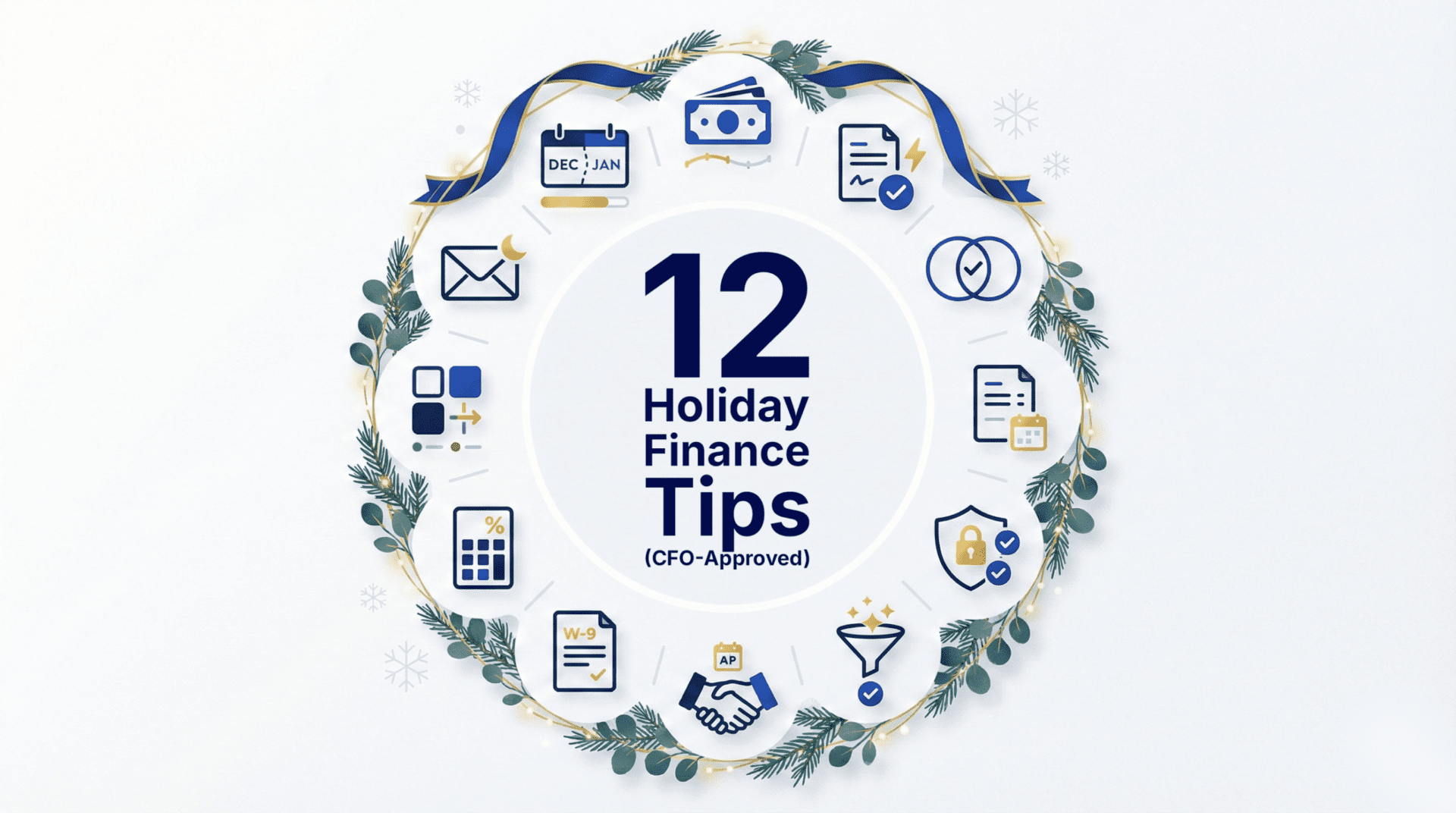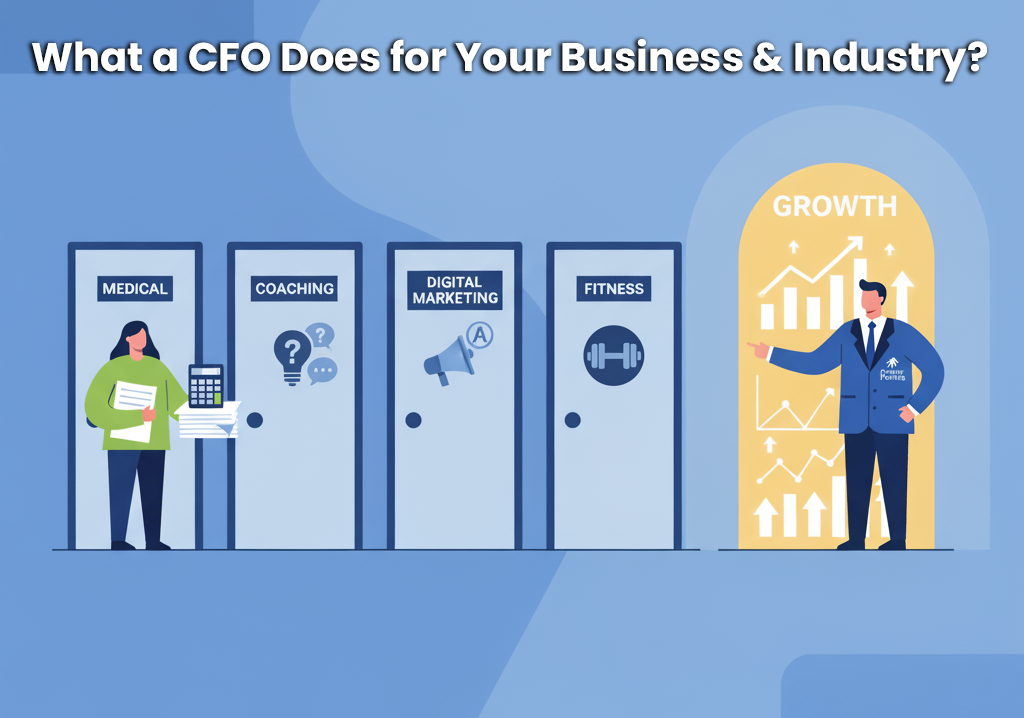
Creating a well-designed and practical compensation package is one of the essential tasks for any business owner. Offering fair compensation ensures that your company can attract and retain the best talent. The truth is startups run lean, and it’s essential to consider hires that can hit a home run!
This article explores seven steps to help you build a competitive base compensation package to ensure you attract the best talent you can afford while protecting your business by keeping it profitable.
1. Hire a contractor (1099) or a full-time employee (W-2)
When designing and building base pay, we look at two main employment types; 1099’s and W-2’s. Understanding the difference between independent contractors (1099’s) and employees (W-2’s) is crucial to determining your business’s needs before starting the hiring process. The biggest mistake business owners make is misclassifying contractors as employees.
Misclassifying employees intentionally to save your business money or in error will get you into deep trouble with the IRS. The Department of Labor and Internal Revenue Service takes misclassification very seriously and will impose high penalties on businesses that do not act according to the law.
How are independent contractors and employees classified by the IRS?
An independent contractor (1099) is self-employed and is usually hired for a specific project. They manage their hours, can work for other companies, pay and manage their own taxes, and provide their own benefits. A W-2 is an employee of the business. As the business owner, you are responsible for withholding taxes, tools, benefits, etc.
NOTE: As a business owner, your end goal is to build a powerful team that will take your business forward. Choosing to hire 1099’s over W-2’s to save your business money in the short term will cost you more money in the long term.
2. The Budget: How much do we allocate to employee resources?
Business owners make big mistakes when finding the person they want to hire without first assessing the business’s needs and doing the math. Knowing exactly how much you can afford to pay for a new resource is crucial for your business to remain profitable.
First, establish the overall needs for the different functional areas of the business. Overspending on employee hires will leave a gaping hole in your business and impact profitability. Aim to have a precise percentage of what you can spend on new hires in each functional area of the business. Knowing what type of hire you will be looking at will also affect the budget.
3. Remaining competitive with company benefits
Offering a competitive base pay usually centers around company benefits found in W-2 compensation packages. Good benefits attract high-quality employees, increase retention rates, and improve performance. As the saying goes, “A happy employee is a productive employee!”
There are certain benefits that employees consider to be “standard” benefits. These benefits usually include health insurance, paid vacation and sick leave, disability insurance, dental, vision, life insurance, and 401k retirement plans. Customized benefits help keep companies attracting and retaining top talent. An example is Uber and Google, which offer exceptional benefits as a strategy to attract top-notch talent. These benefits include child care and family support, investment in health and wellbeing, extended, flexible work arrangements, and student-loan reimbursements.
4. Performance benefits
The next step to consider is whether this role includes any performance benefits. Performance benefits are in addition to the base pay and are usually bonuses, incentives, profit sharing, and equity deals.
Bonuses
A bonus is a type of compensation that you might receive if you meet the outcome of a goal or meet a certain threshold. An annual company bonus can help drive employee performance rather than individual performance, such as a sale incentive. There are many types of bonuses. It could be a % of the employee’s salary, a % of the total revenue earned, or a fixed dollar amount.
Sales Incentives
Sales commission structures are incentive allocations to help sales reps drive higher sales volumes. The commission rate determines the rep’s earnings, usually a percentage of revenue from that sale. Sales incentives usually pay out twice per month or monthly with a potential for annual incentives for meeting company objectives.
Profit sharing versus equity
A profit share is a pay-for-performance mechanism created by the company to attract long-term employees. Profit shares are a percentage share of the “profits” of a company derived from the business results.
Alternatively, you could award key employees with equity as an incentive for the company’s lifetime value and rewarded through long-term ownership. Be careful before you decide to award equity to your employees. You must give careful consideration before giving away a piece of your business. You typically need to have a solid operating agreement and equity award agreements in place before doing this. If done correctly, key talent will stay with your company, hoping for a large payout upon a future sale of the company.
5. Implementation: Drawing up a legal contract and designing an employee handbook
At this point, you know what type of hire you need, and you have your budget. The next step is to draw up the legal stuff. The best approach is to speak to an attorney to help draw up a simple 1-page contract and an HR professional to help with an employee handbook.
TIP: Here at Cleverprofits, we recommend drawing up an offer letter with a separate employee handbook. The offer includes all your remuneration details, while the employee handbook contains all the workplace policies. This setup gives flexibility for implementing changes to the employee handbook while not impacting the employee offer letters. We recommend all incentive instructions be placed in a separate agreement as it allows flexibility in changing these when reviewing incentive performance.
6. Standard operating procedures (SOPs) and systems
SOPs list a company’s processes to ensure its services and products are delivered consistently. Some questions to ask yourself here are:
- If you’re hiring a W-2, have you got a payroll setup?
- Do you have an onboarding team who can help bring them on professionally and quickly?
- Do you have an offer letter, employment contract, and/or employee handbook?
- Who will be setting up their benefits?
- Do you know how to factor in their withholding taxes and pay your employee taxes?
- Do you have the proper mechanisms to measure the various performance structures?
7. Reviewing performance
Implementing a review process ensures work objectives are met, helps teams learn valuable lessons, and holds all employees to a higher standard of work. For contractors, we recommend reviewing work every 30 days to enable checks on the effectiveness of the project outcomes and to have the opportunity to make adjustments if necessary. Implementing reviews with full-time employees helps them grow in their role, feel valued, and helps increase engagement. W-2’s performance reviews are usually based every 6-12 months.
Don’t get the hiring process wrong!
Working out the proper budget for your new hires can be a confusing process, and getting it wrong can cripple your business. If you’re not 100% sure of your budget or the type of employees, you should be using accurate metrics. Get help by scheduling a consultation with an advisor today.
The Clever Writing Team
The CleverProfits writing team includes various team members in Advisory, Financial Strategy, Tax, and Leadership. Our goal is to provide relevant and easy-to-understand financial content to help founders and business leaders reach their true potential.







